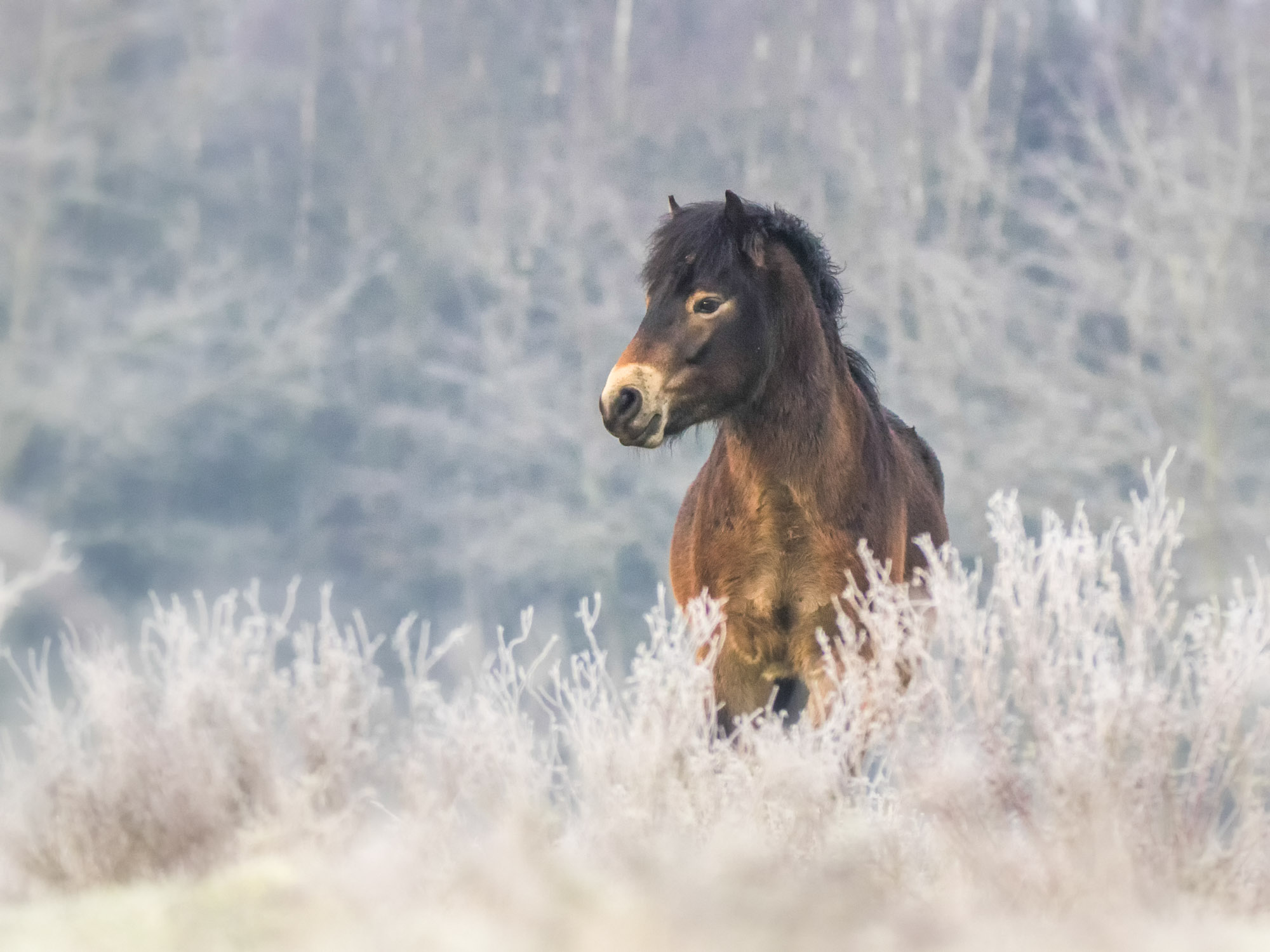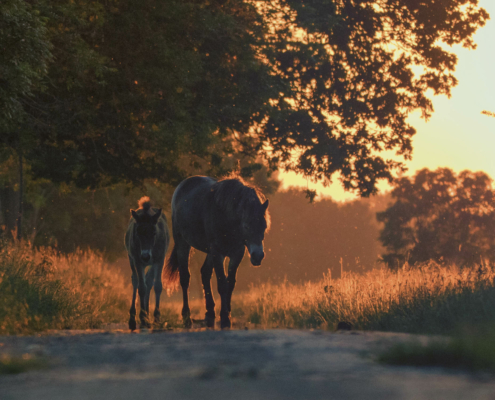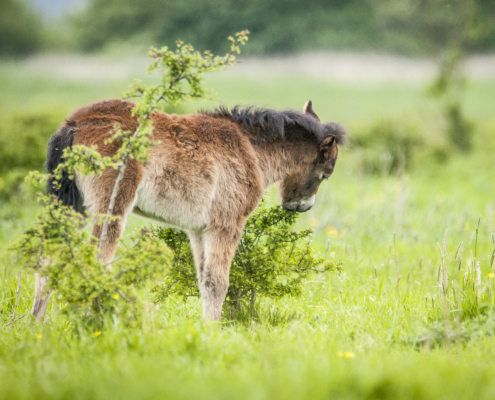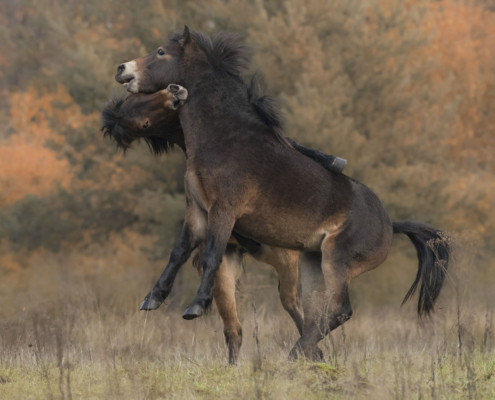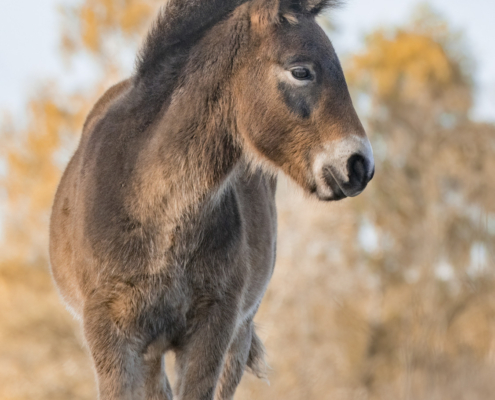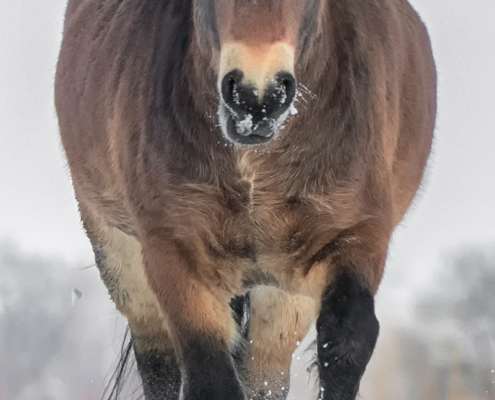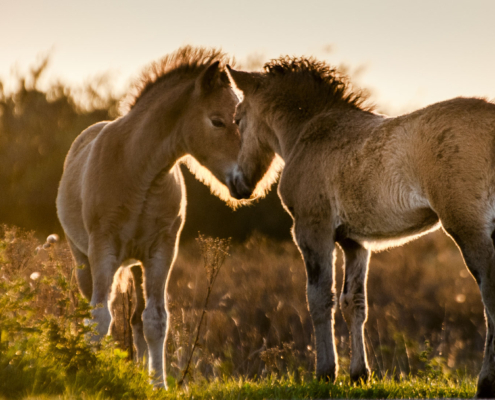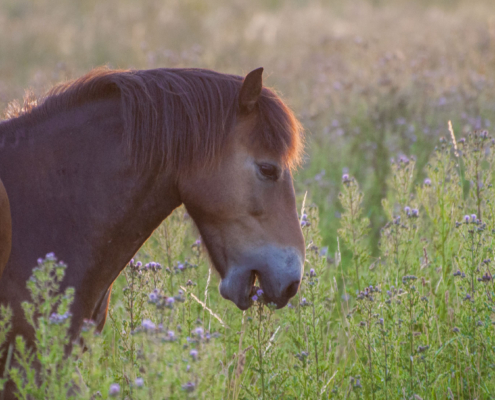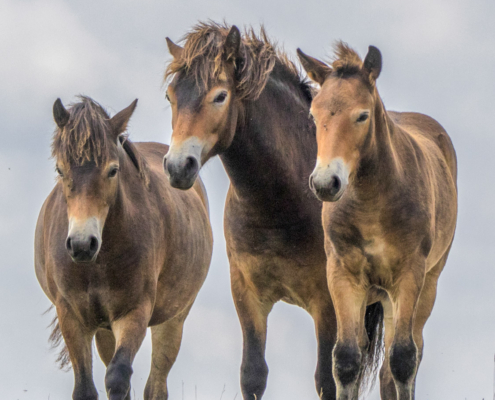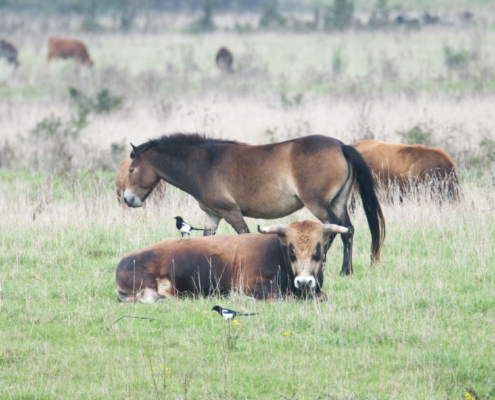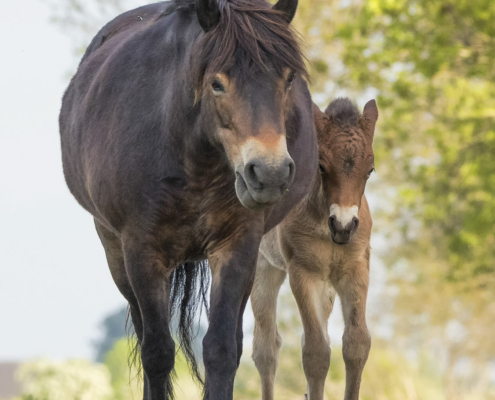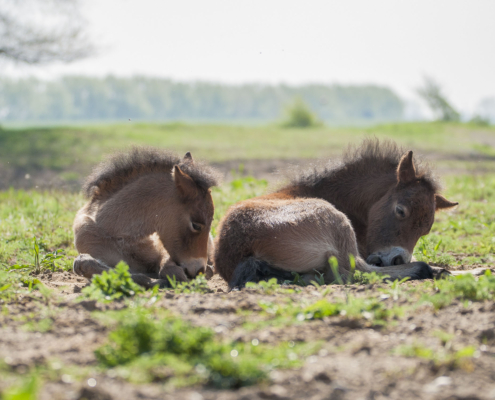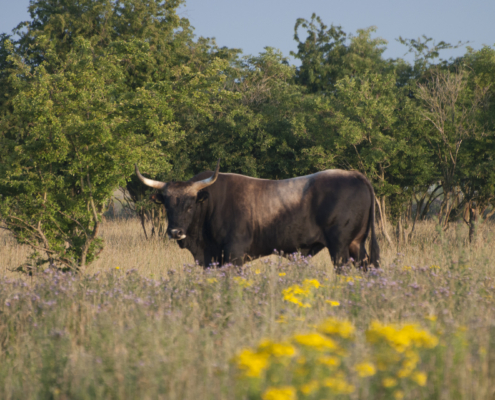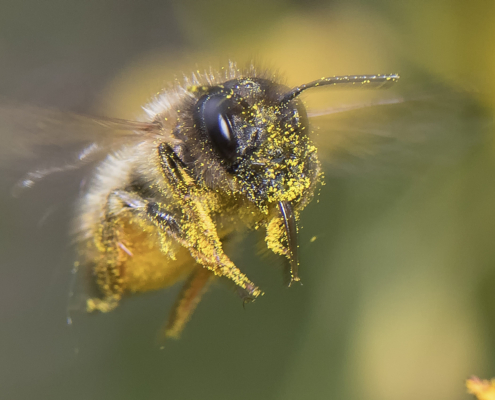 https://grazelandsrewilding.com/wp-content/uploads/2023/05/GRA-biodiversiteit-003.jpg
1500
2000
Kelly
https://grazelandsrewilding.com/wp-content/uploads/2024/02/GRA-Grazelands-rewilding-logo-def.png
Kelly2023-08-31 18:13:102024-06-05 10:00:31Schinkelbos en Hoedbrug
https://grazelandsrewilding.com/wp-content/uploads/2023/05/GRA-biodiversiteit-003.jpg
1500
2000
Kelly
https://grazelandsrewilding.com/wp-content/uploads/2024/02/GRA-Grazelands-rewilding-logo-def.png
Kelly2023-08-31 18:13:102024-06-05 10:00:31Schinkelbos en HoedbrugDoing green business with Grazelands
Support Grazelands Rewilding and contribute to a sustainable living environment with more biodiversity
With your support you help Grazelands Rewilding and contribute to a sustainable living environment with more biodiversity. We are extremely grateful to you! View the possibilities.
Grazelands
We are committed to increasing biodiversity in nature reserves in the Netherlands and abroad. In our opinion, the key lies in natural grazing by wild grazers, or Grazelands!
contact
Horses or cattle in need?
Call 06 – 24 48 25 25, we are available 24 hours a day.
For other questions: info@grazelandsrewilding.com

